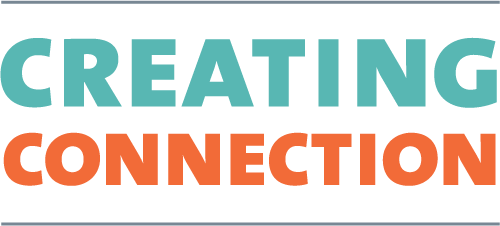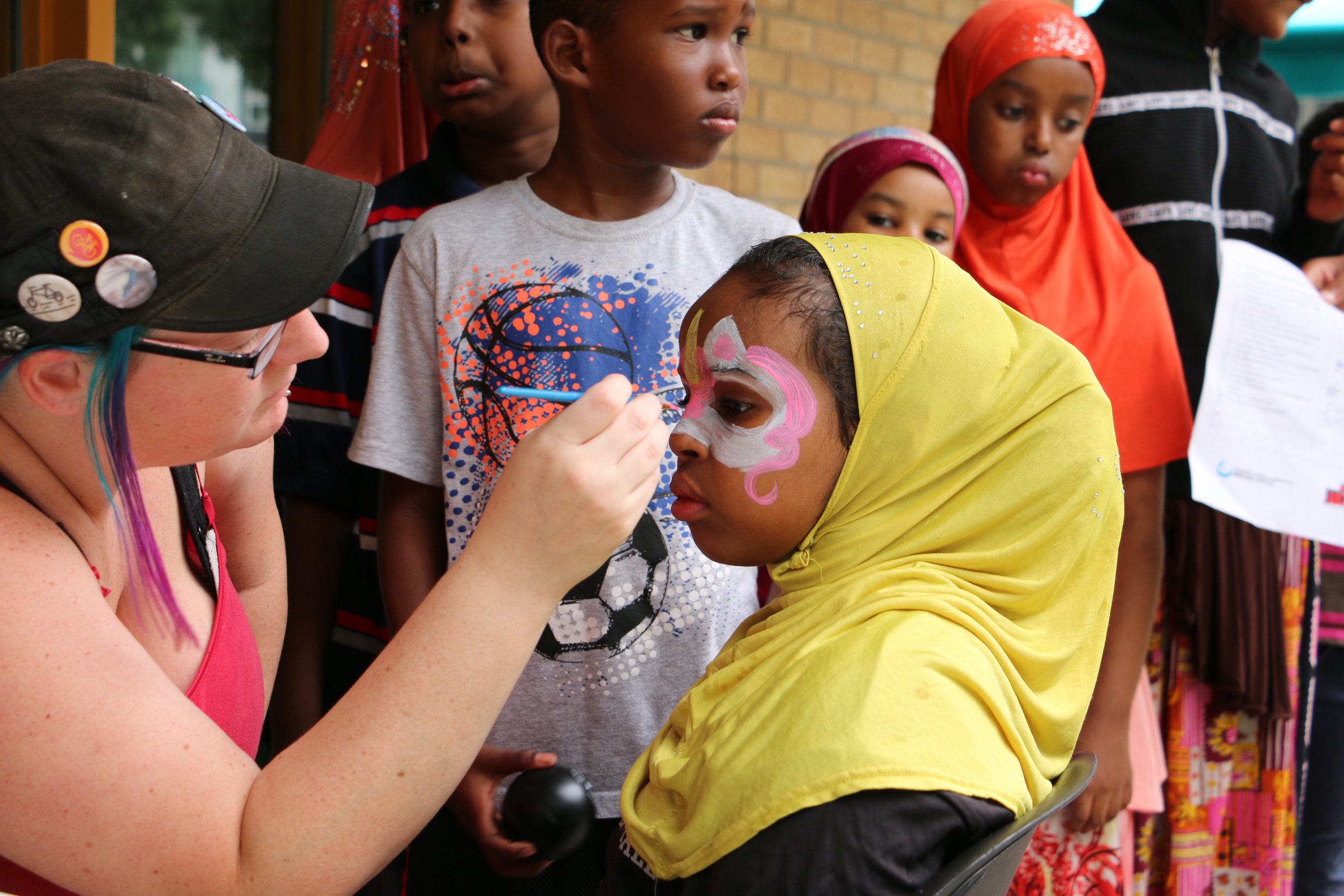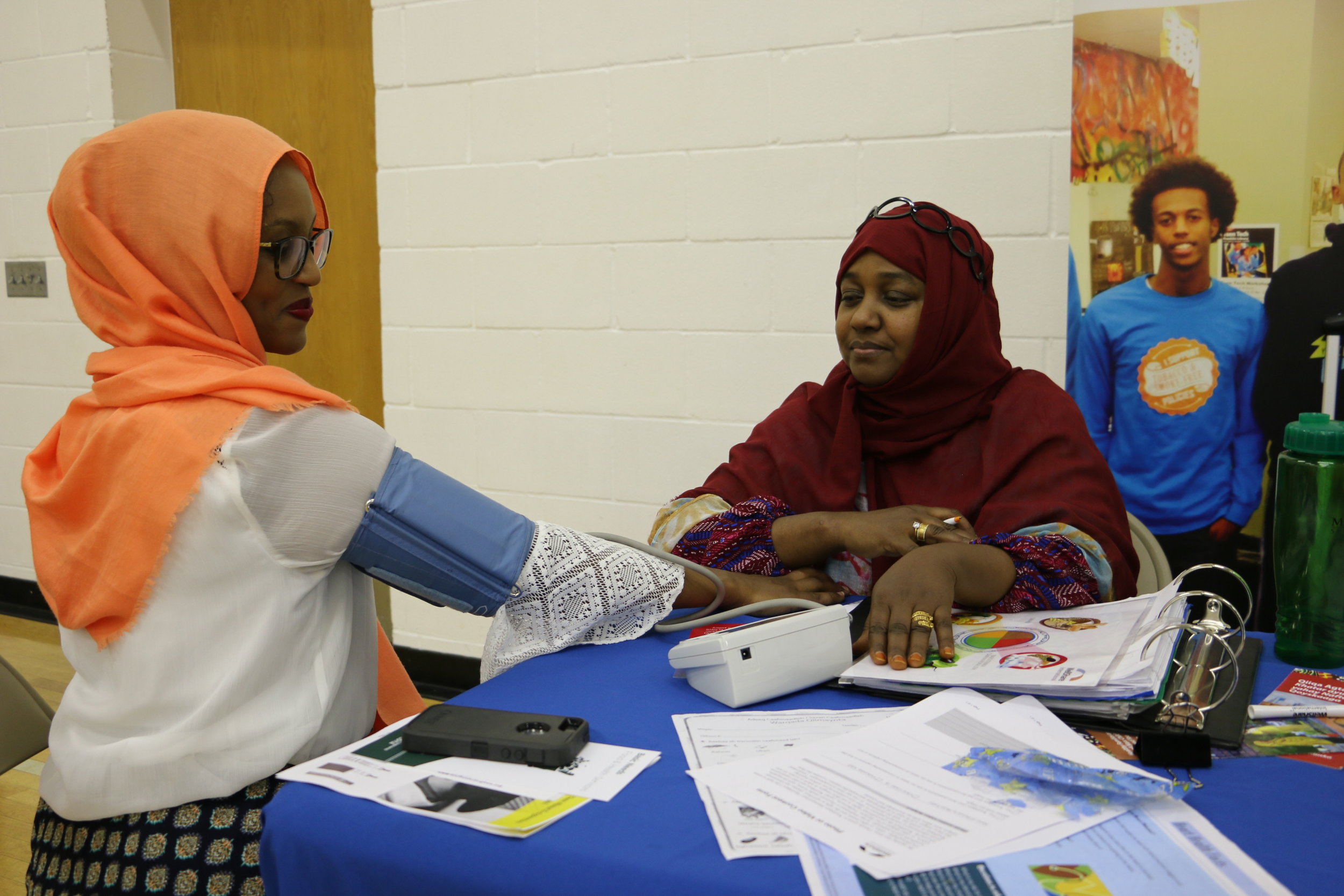Mixed Blood Theatre is located in the heart of the Cedar Riverside neighborhood of Minneapolis, which is home to more than 4,000 people from 67 countries who speak more than 93 languages. Being the most culturally diverse neighborhood in the city offers a tremendous amount of opportunities for sharing traditions and creative experiences.
However, health providers and other social service organizations in the neighborhood often struggle to reach or adequately serve many of the local residents because of the cultural and communication differences. Thanks to funding from ArtPlace, the theatre set out to address this need and collaborated with community organizations, resident-led coalitions, a community clinic, health providers, and artists on Project 154--a two-year initiative to work alongside residents of Cedar Riverside to improve patience centered care.
We caught up recently with Mixed Blood’s Chief Engagement Officer Keri Clifton to check in on the project and learn more about their unique approach.
What inspired you to create Project 154 and what does the project entail?
We started by asking the question, “How are we good neighbors in the community that we work in?” Through our connections in the neighborhood, we have learned that there are disparities and challenges for people to get access to health and healthcare. Communication between residents and providers is challenging.
Our project is around telling the communities’ stories. We are in this middle ground trying to amplify stories. We have been doing story circles, which are community gatherings where we talk about health and wellness with each other. From that, we really found that in talking about our work with providers, we discovered that people are having similar challenges with how they are working with patients in the neighborhood.
In order to tell both stories we wanted to do these story circles with health providers as well. Knowing that providers need continuing education credits, it led us to doing this continuing education program. We will have small trainings around narrative health as a tool within the medical practice.
What have you learned from this initiative so far?
It is important that story circles are done in the language of the community. There is also always a person with knowledge of health care in the circle so there is some knowledge of the topic. We have now gone to recording 20 profiles rather than 154. 154 video profiles was the goal and name for the project. However, we discovered that community building was needed first so that we could be much more intentional.
Mixed Blood is focused on how we build authentic relationships within the community, and be a partner with the community, collaborating in a way that brings value and connection with the arts as well. Sometimes the relationship is the art.
I’ve learned that you can make a plan but need to know that the plan is going to change when working alongside community. And as much as I want to say that there is no difference working in this diverse community, there is a difference. You need to be knowledgeable. I often ask myself, “How do I let the community lead, lead me, and lead the project?”
How are you measuring the impact?
We are working with the Wilder Foundation. They set up an evaluation protocol to measure the effectiveness of the story circles in connecting with community. Are the circles really working to help health outcomes? A person participates in a story circle, is recruited for a video profile, and then they have a one on one interview with Wilder which gives us insight into our effectiveness.
What is next for you and this project?
We are working to hold a storytelling festival in June and would like to keep that happening on an annual basis. We think there is also a role in leadership development through storytelling - how do we help the next network of artists through skill development? Grants to artists in the neighborhood around telling stories of the neighborhood might be one way.
Images courtesy of Mixed Blood Theatre



